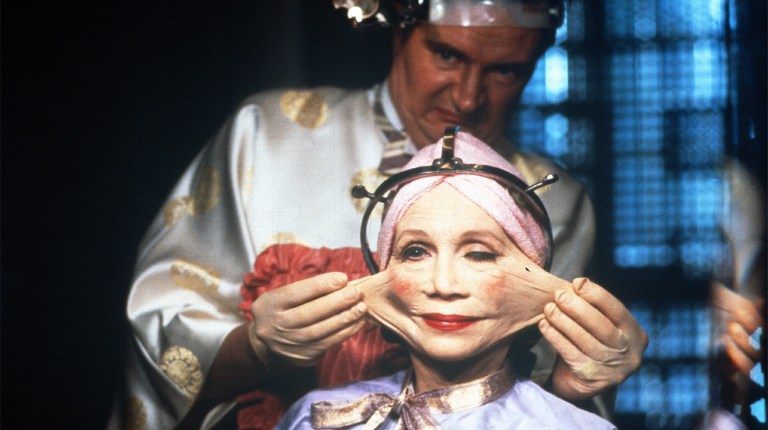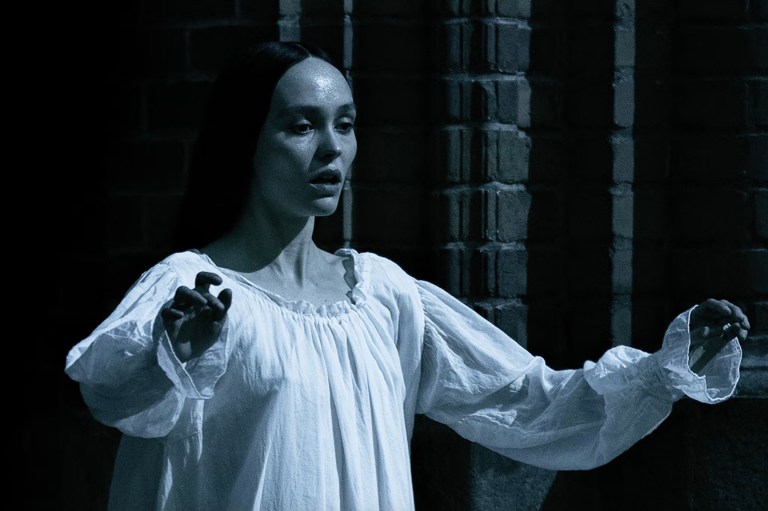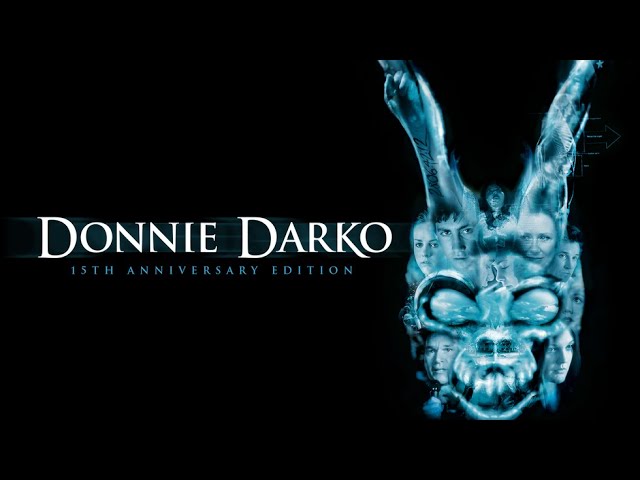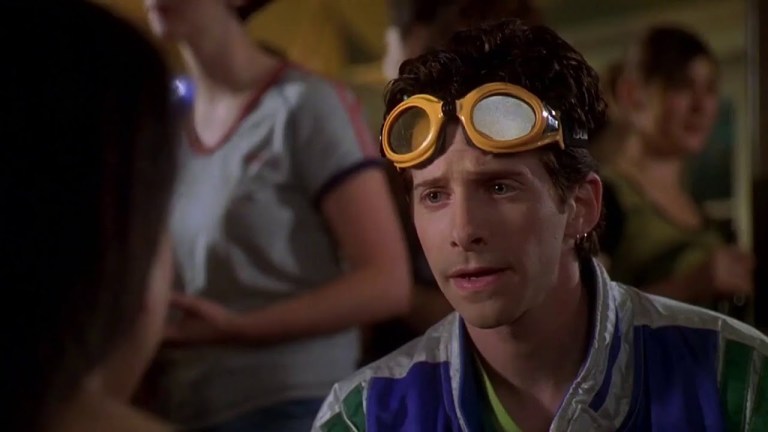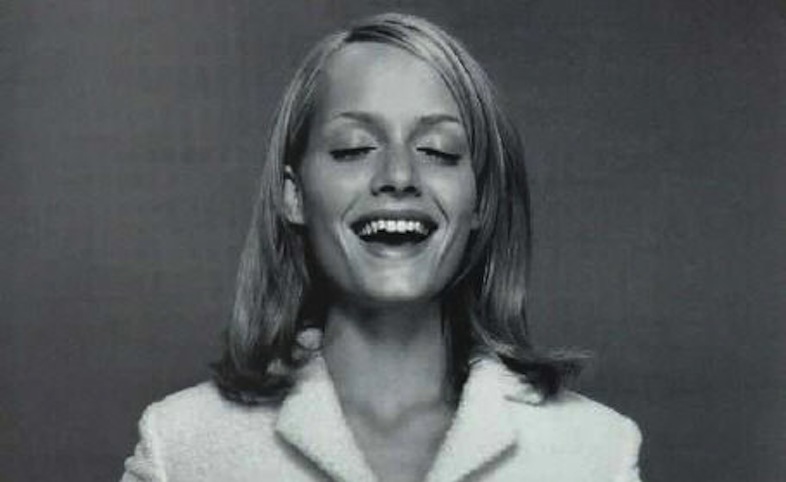
15 Confusing Fashion Terms You Never Knew The Meaning Of (Until Now)
The fact that the models who are considered “high fashion” are more often than not high is merely a coincidence.
By ![]() Rachel Hodin
Rachel Hodin

Which is why we need some sort of fashion encyclopedia to consult at dire times.
I can recall the day – it was fall, the leaves just starting to turn a golden shade — when I learned what the term “peplum” meant. And my vocabulary just hasn’t been the same since…
1. Couture.
Couture is shorthand for haute couture, which is French for “you can’t sit with us.” Because that is, essentially, what couture is — a fashion house that you won’t be able to sit with, much less even glance at. But couture’s definition, in recent years, has extended much wider. It means $30,000 gowns and $4100 sneakers to match! It’s fashion’s way of trimming the fat, of laughing haughtily at Dove’s “real beauty” campaign.
2. BTS.
Up until only a month or two ago, I had been living my life pretending to know what “BTS” meant, despite the fact that I hadn’t the faintest idea. And trust me, the irony of all of this did not escape me. Particularly the fact that the meaning of BTS — behind the scenes — describes a place that I’ll likely never be permitted to.
3. Ready-to-wear.
If couture is Kendall Jenner or Kim Kardashian, then ready-to-wear is their overweight, mildly diabetic brother Rob. That’s not to say that ready-to-wear isn’t nice; oh, ready-to-wear sure has it good too. He’s got his own home, his own army of health and wellness coaches and motivators. He’s even got his own sock line! It’s just that, no matter what, ready-to-wear will never hold a candle to couture.
The term ready-to-wear is a funny one, though. You’d think that, like the pre-made, ready-to-eat turkey sandwiches at Pret-à-Manger, ready-to-wear would signify clothes that are, quite literally, ready to be worn. But then there are the exceedingly high end labels like Chanel, Dior and Jean Paul Gaultier, whose ready-to-wear lines are far from ready to be worn, lest you are able to dish out $500 for a t-shirt. So while ready-to-wear is, in general, a brand’s cheaper line, you’ll discover that it’s not always cheap.
4. Kate. Cara. Naomi. Jourdan. Binx.
I, too, often wonder why it seems like first names are being barked at me a mile a minute. Are last names no longer a thing? And if so, do you know a consignment store that’s accepting them for the fall season?
To be clear: it’s not that all last names are deemed superfluous, but just the last names of established figures in the fashion industry. Because, in fashion, a clear marker of status is a lack of surname; the mere mention of your first name should be enough to elicit recognition and, if it doesn’t, then you know you still have some work to do.
5. Streetwear.
Made popular by brands like Supreme, Palace and Vans, Streetwear is skater-friendly clothing — usually with a bit of sportswear stitched throughout — that cultivates desperation and supports logos. Streetwear brands have always generated cult followings and they’re big in New York City’s downtown scene. Recently, streetwear has been used as a sort of back-door-entry into the fashion world; as a way for people to slip in unnoticed and pretend they’ve been nestled deep in the industry all along.
6. Street style.
Though streetwear is often a major fixture in street style — especially as of late — it’s important not to get the two terms confused. For, street style is nothing more than the documentation of someone’s style who happens to be walking on the street. It means nothing more than what dubiously commissioned photographers — or mere iPhone owners — deem worthy enough to snap. You’ll notice that street style is often conspicuously lacking in the “style” part.
7. CSM.
It stands for Central Saint Martins, a school you obviously don’t attend and most likely will never attend. It’s the Hogwarts of the fashion industry, where everyone from Riccardo Tisci and Phoebe Philo to Christopher Kane and John Galliano were taught.
8. High fashion.
The vagueness of the term is crucial to its appeal; it’s supposed to incite confusion and bewilderment, that is its point. High fashion doesn’t even know what it is itself, all it knows is that it’s important. The fact that the models who are considered “high fashion” are more often than not high is merely a coincidence. The word “high” refers not to drugs, but to the imaginary pedestal where high fashion resides. Frankly we don’t know where this pedestal is located, just that it serves Bellinis.
9. Diffusion lines.
A diffusion line is the poor, lowly younger sister of a high end fashion designer. The one who you always promised you’d help out; the one who’s actually pretty fun, but who you’re ashamed to bring around because she refuses to take off her kitten heels. It’s the Simply Vera to Vera Wang, the McQ to Alexander McQueen and the See by Chloe to Chloe. In other words, Anna Wintour’s heaven forbids.
10. Capsule collection.
Existing, in part, to only confuse you, capsule collections consist of a few clothing items that are notably timeless in their design, usages and construction. Also known as another marketing opportunity.
11. Resort wear.
One would hope that the term carries more weight, that it doesn’t denote the same elitism that the word “resort” suggests. But alas, it does. Resort wear is exactly what you think it is: clothes meant to be worn at a resort. And trust me — the term mystifies me too! It also goes by cruise wear – y’know, just incase “resort” didn’t clearly enough suggest that these clothes should only be worn on “holiday” and by people who use the term “holiday.”
12. Line vs. collection.
Lines can be in collections, but never the other way around. A collection is defined by the items that a designer puts together for each season. Lines are subsidiaries of that; for instance, a line of sportswear in the new Prada collection.
13. The [insert renowned magazine here] dinner.
Such as…I don’t know…the Purple Fashion Magazine dinner. It’s not whose dinner it is that’s important, but rather who’s invited and the sobering fact that you are not. Such dinners are always fixed inside a big cloud of obscurity; unless you’re on first-name-basis with the world, it’s impossible to know what they’re really like. Even if you somehow gained access to the dinner, you wouldn’t be seeing an accurate representation of these high society meals. In fact the entirety of these dinners hinge on your absence; your presence, therefore, would disturb the natural flow of things (and Prosecco).
14. Karlito.
Here, let me set the scene for you: you’re born in South Kensington. You learn to eat with caviar, you learn to count with pearls, and you’re potty trained on a mink-coated toilet. You want to be like the other kids, to have Sketchers and a Kipling backpack like the other kids, but you can’t. So what do you do? You make your version of the gorilla that came clipped onto Kipling bags. You make Karlito.
As is usually the case with old men, Karl Lagerfeld has become less of a reputable figure and more so just a cute old man in need of a cuddle, and thus the perfect figure to model this stuffed animal keychain after. Because — oh yeah — did I mention it’s a keychain? That the $1,685 Karlito is a keychain? A token of your worth, if you will.
15. Show notes.
These are not your 8th grade chemistry notes. They are “show” notes — notes about a fashion show, by the designer, that are only given to the show’s attendees. Should they exist anywhere outside of the show and its venue, they’ll become nothing more an an incoherent jumble of words that Michael Kors farted out in his sleep. ![]()
